
Can a fruitful dialogue on any vital (or even not-so-vital) matter be possible with the right-wing forces that are operational in India today? Such a question has acquired a new relevance and sharpness in the context of the decision of the central government – following in the footsteps of several State governments of the Bharatiya Janata Party (BJP) – allowing government employees and bureaucrats to be members of the Rashtriya Swayamsevak Sangh (RSS), the fountainhead of Hindutva oriented Sangh Parivar. With this decision, the already polarised governance in India – at the Centre and in several States – seems to have tilted further to the right, making middle -of- the -road, neutral programmes and policies redundant.

Conversation and dissent between opposing points of view and socio-political groups are considered to be the foundational principles of democracy anywhere in the world. A healthy democracy nurtures both, though the ruling side does have a slight advantage over the opposition in these debates, especially on account of the higher numbers it has in parliament. Many intellectuals, who are followers of this principle, have made open and covert demands arguing for establishing dialogic engagements with the RSS and its affiliates. One of their arguments is that this would minimise the orthodoxy of the Hindutva brigade and could well push them to become active partners in the holistic development of the country.
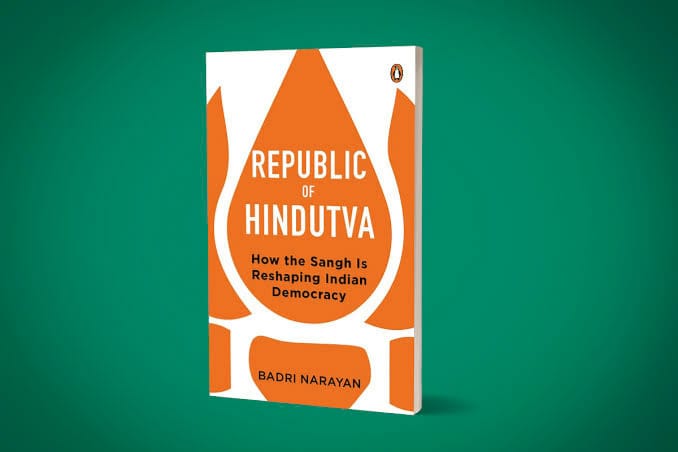
Badri Narayan, social scientist and researcher, in his book ‘Republic of Hindutva- How the Sangh is Reshaping Indian Democracy’ looks at this issue and suggests that it is high time the secular political outfits of all hues and nuances (that is leftist-progressive-liberal-left centrist-socialist-republican-Bahujan -Dravidian-Muslim-Christian and Dalit organisations) rethink about their “stand-offish” approach towards RSS. Narayan says that the touch-me-not attitude towards RSS could be counterproductive. Narayan cites the growth of RSS during the last hundred years, especially its giant leaps and strides in the last couple of decades, and seeks to make the argument that the public relationship and outreach programs of the Sangh Parivar have been so convincing that they were able to wrest power despite secular resistance.
The Hindi belt (which is also called the cow belt) is a region that gets special attention in this book. It is a fact that the Sangh Parivar has made tremendous advances in this region as well as in many North Eastern States like Assam through a number of its outfits such as the Swadeshi Jagran Manch (SJM) and Vanvasi Kalyan Parishad and through their varied programmes. These programmes are diverse and have a tactical mixture of the moderate and the aggressive. The seemingly moderate manifestations include ones like prabhathabheri, physical training in shakhas, satsang, yoga, study classes, renovating temples and presenting heroes of regional folklore as living characters. The violent acts consist of programmes like ghar wapsi,cow vigilante expeditions, physical assault of Muslims and Dalits as well concerted attacks against voices of dissent in general branding them as Maoists or as part of other outlawed groups.
Narayan’s argument seems impressive, especially in the context of the failure of secular parties to create their own parallel narratives to counter right-wing propaganda and manoeuvres. This failure, as well as the success of the right-wing and its rhetoric in the way it has gained acceptance and admiration among sizable sections of the public, is cited by Narayan to insist that dialogue with the far right is the only possible way to generate a public discourse which would eventually turn the public sentiments in favour of secular parties.
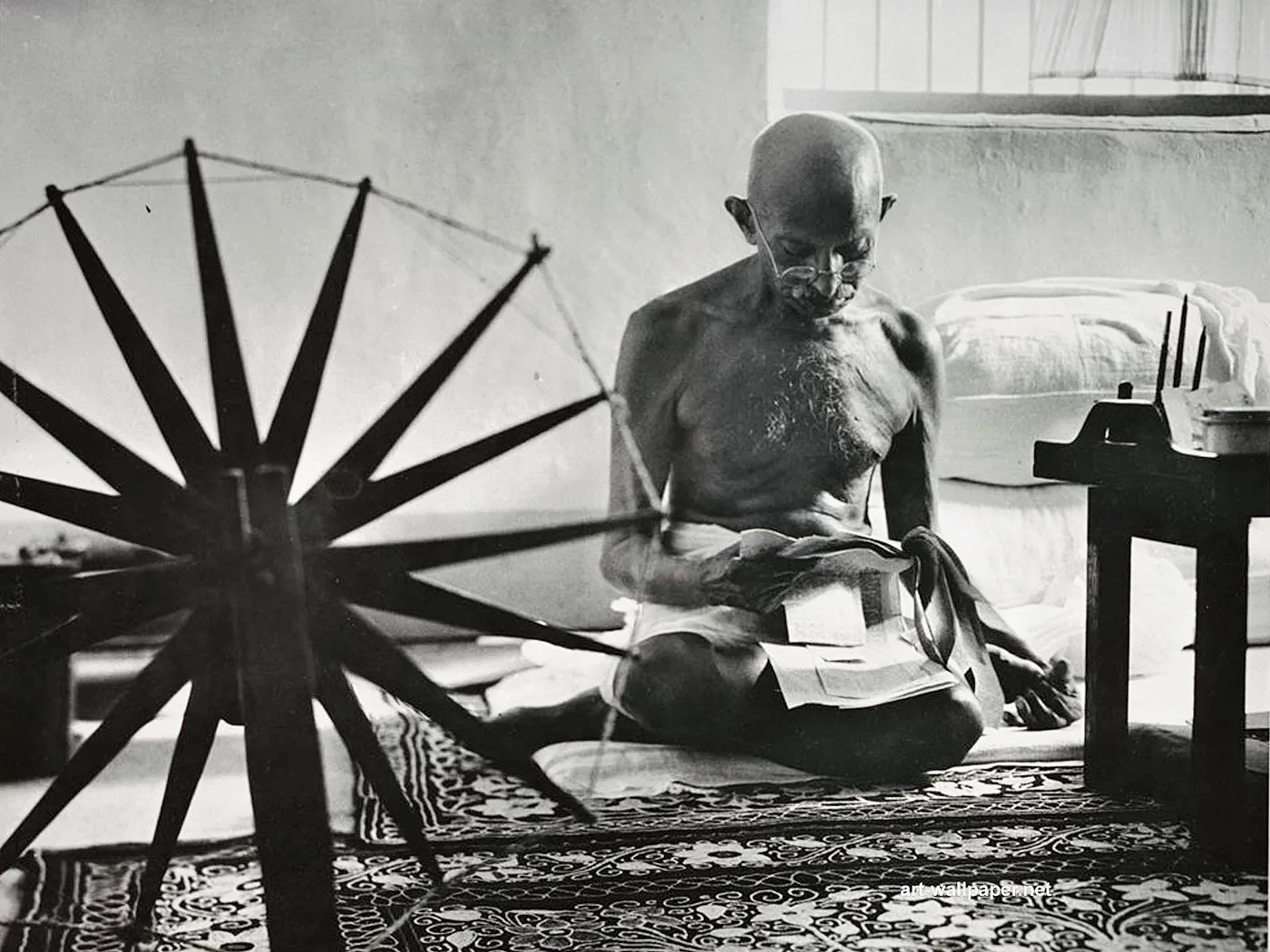
On the face of it, this argument seems to have logic. However, a closer and historical analysis would expose it as fallacious, especially in a context where orthodox narratives that militate against scientific logic are being pushed vigorously and have taken an upper hand in society. Polarisation on religious lines is a time tested tactic of the RSS ever since its inception in 1925 and this has been advanced through various manoeuvres over the last ten decades. That the RSS and its associates, including the BJP, are persisting on the same path is clear from the government’s sanction to allow government employees join the RSS.
An important component of the sectarian, divisive agenda of the RSS is islamophobia. This has become a persistent theme for the right-wing leaders. Incidents in different parts of India over the last decade has shown how India is moving towards a project alienating and discriminating against the Muslims, even as Dalits and Bahujans are, professedly, included in the so-called pan -Hindu fold as conceived by Hindutva. This systematic sectarian campaign too underscores the futility of engaging with the right wing. The control and power that the Hindutva brigade has in political, financial and media realms imparts an added bite to their sectarian campaigns, which in turn weakens the potential to engage or initiate a dialogue.
History also bears witness to the fact that every attempt by the secular democratic parties and institutions of India to engage in dialogue with the Sangh Parivar has been futile. The assassination of Mahatma Gandhi proved that the RSS was not interested in involving in deliberative democracy. It was Sardar Vallabhai Patel, whom the Sangh claims to be their own, who first banned RSS as the outfit was found to be responsible for the heinous assassination. Patel banned RSS on the fifth day after the assassination saying that it was the extremist section of the Hindu Mahasabha.
This shows that the founding leaders of Independent India were sure that RSS did not fit in with India’s values of secularism. To gain social acceptance in this background, the then RSS head M S Golvaker promised to work in allegiance with the Indian constitution. That might be the reason why the ban was revoked after one and a half years.

However, it is clear that just as a leopard cannot hide its spots, the RSS too cannot move away from its primary goal of establishing Hindu Rashtra, which clearly entails sabotaging secular India and converting it into a theocratic state. The RSS cannot acknowledge the diversity of Indian people or engage with its democratic processes. In 1980, the then Indira Gandhi government issued an order banning those in government services from working in about 26 organisations including RSS, Jamaat-e-Islami and CPIML (Liberation). Purportedly, it is this order that was revoked by the central government through its order of 9th July, 2024. However, it has to be noted that only the ban on RSS has been revoked, but not on the rest of the 25 organisations. In order to justify this removal of ban, it is argued that RSS is an organisation involved in activities in service of the nation and the citizens of India. The latter part of this argument is being stressed to state that now government servants are also allowed to join the RSS and serve the country through the organisation.
In many ways, this move of the union government is similar to what it has done through the implementation of the Agnipath scheme. This scheme for recruiting youngsters into army on a temporary basis is widely perceived as a ploy to add youngsters to the Hindutva brigade as and when their temporary deployment in the army is over.
This decision to revoke the ban on government employees joining the RSS is also widely understood as a move to resolve the recent issues that have cropped up between Modi and the RSS leadership, especially its Sarsangachalak Mohan Bhagawath. At the same time, it is also a trick to project RSS as a recognised national service organisation while continuing to bracket the other social and political organisations as terrorists. That the list of banned organisations includes Jamaat-e-Islami and CPIML (L) will not be interpreted today in the same way it was done during the reign of Indira Gandhi.
This can also lead to the fake propaganda that those who raise issues faced by Muslims are all members of the Jamaat-e-Islami. This can only aggravate Muslim alienation. Well known writer Dr. T S Shyamkumar wrote a column in jamaat affiliated Madhyamam daily, interpreting Ramayana in the month of Karkidakam, the month of penury in the Malayalam calendar, which witnesses widespread reading of Ramayana across a large number of Hindu households. The month is also known as ‘ramayanamasam’ (month of Ramayana). Shyamkumar’s interpretation evoked mang opposing reactions and even led to face widespread cyber-attacks from the right wing. We have also seen how it took an Islamophobic turn, as an attack against the jamaat backed Madhyamam daily itself.

Once the RSS cadres penetrate administrative centres and institutions, a system of governance that is already imbalanced would surely become more threatening. When there is no Muslim representation and ministers from Muslim community both at the centre and in BJP ruled states this acknowledgement of RSS by the government would further aggravate the social and political climate. It is an obvious move to silence Muslim population as a whole and to subjugate those who dare to raise their voice against the branding of the community as terrorists.
When Hindutva ideologists get into army and police forces, oppression of minorities becomes easy with the support of the government. Similarly, as the so called ‘pro dialogue’ RSS enters the public discourse, they would seek to annihilate any voice of dissent using their hold over the media and misleading narratives. On top of that they can make it appear as if all this is happening through democratic dialogues. They have more or less m succeeded in presenting the unilateral agenda of Hindutva as a liberal agenda by shifting the goalposts. The fluctuating loyalties among the Christian community of Kerala and the consequent removal of many sections of society from the citizens registry in the north eastern states show what the right-wing intend to do with the Indian Muslims. It is in this context that one needs to underscore that no fruitful dialogue is possible with the right wing.
What we need at the moment is a massive political and cultural union that completely negates and opposes the right wing. Our biggest issue is that we are unable to unite even for the smallest of matters. There has to be an agreement against the right wing even as we retain our differences at ideological, methodological levels as well as in terms of perspectives. The rule of the right wing is no different from the divide and rule policy of the British. Indians came together against the colonial powers based on civic sense that India belongs to all Indians. Dr Ambedkar, who held the position that he had no homeland, still strived to strengthen this civic sense with his life and intellect.
It is futile to engage in dialogues with the right wing both logically and practically. The religious people who go to places of worship need not necessarily be right wing. But then, creating a situation where more and more people are pushed to visit such places of worship is indeed a right-wing strategy. Marx had rightly said that religion is the last resort for a helpless man. But we get into conflicts in the name of religion. Hence, it is important to create alternative political and cultural possibilities and affirm solidarity to such alternatives.
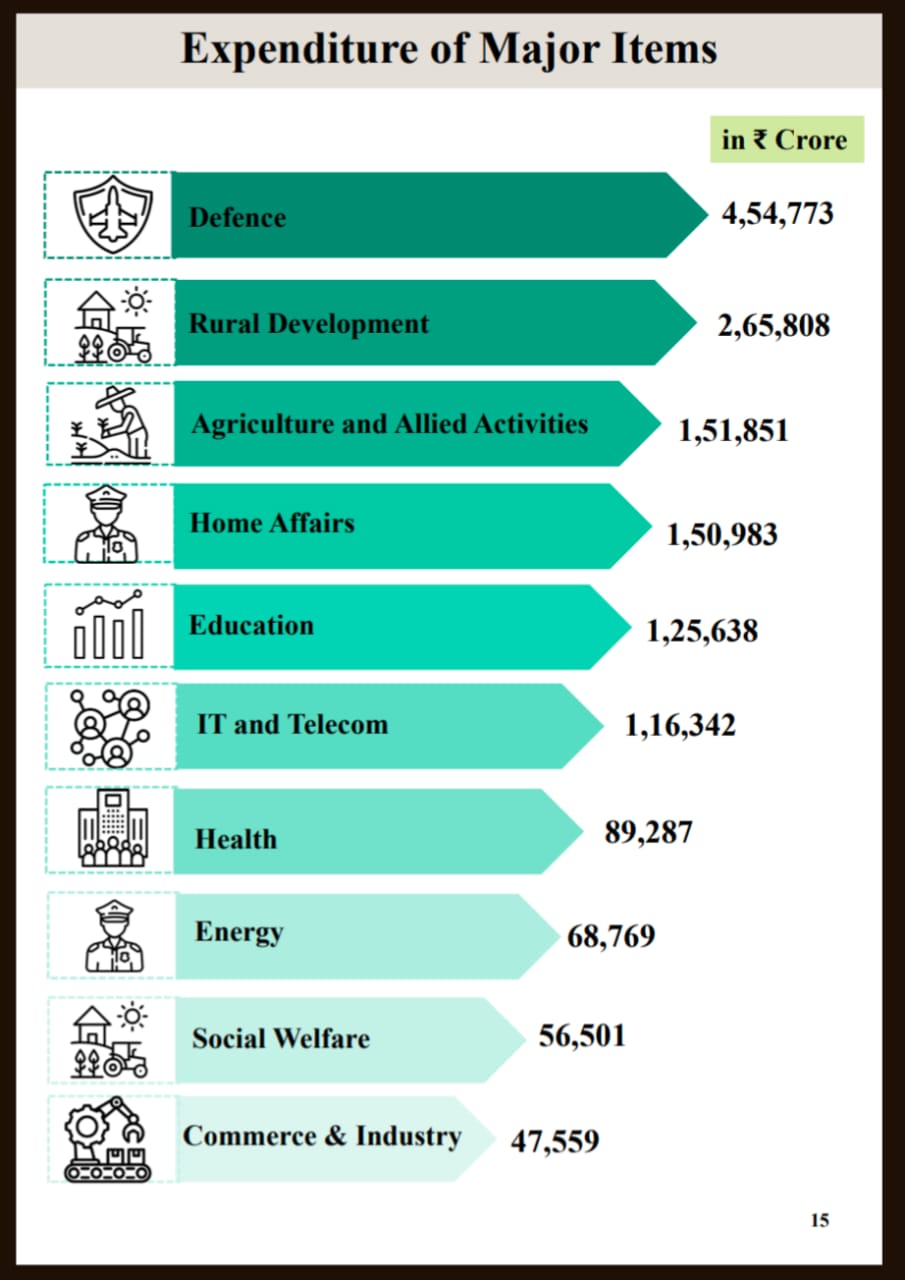
The Union government’s budget for the year 2024 has not allocated a fixed amount for culture. But the government is spending large amounts of money for tourism and pilgrimage, considering them as the sub-goals of infrastructure development. Non-right-wing governments must find and spend a large amount of money to make alternative cultural and political activities more visible. Cultural forms that stimulate human imagination and engage with the global humanity should be made more visible. We should start celebrating flash mobs as they are more inclusive, secular and fun than religious spectacles like ‘Ponkala’. We must prove that ‘book-sang’ (meetings with books) is more useful than satsang. We must realise and propagate that tattoos and trousers are better than the golden bordered sari and bindi on your forehead. In other words, the need is for a counter narrative to Hindutva right-wing rather than accommodative dialogue with it.



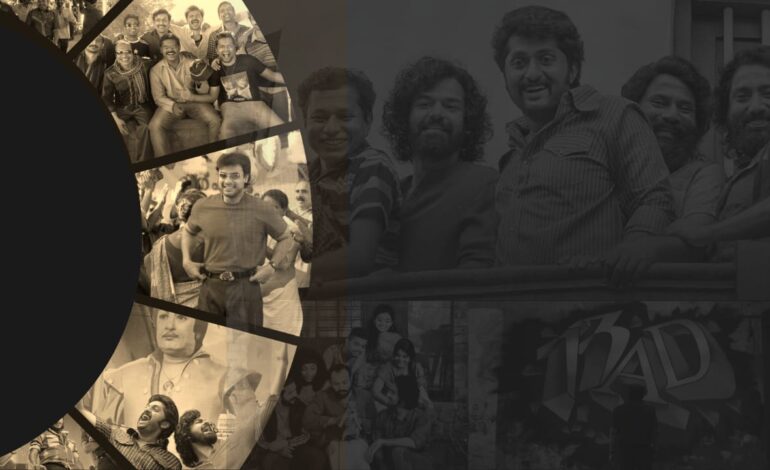


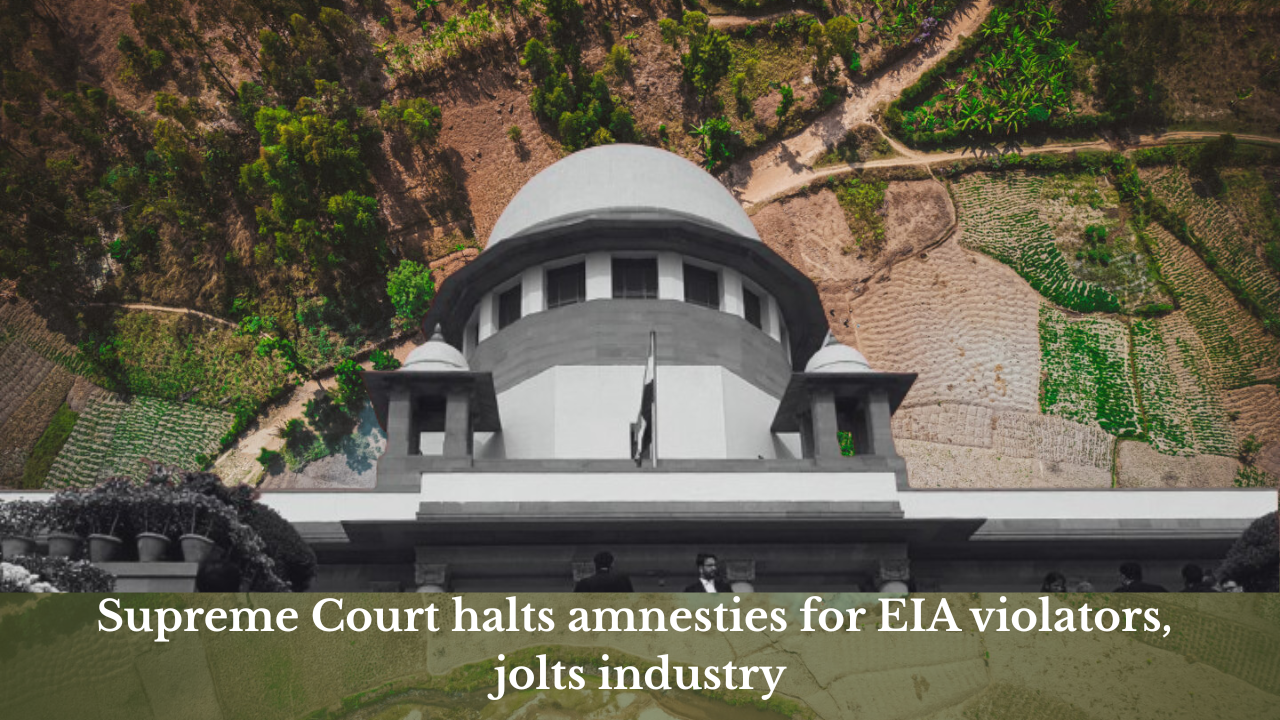
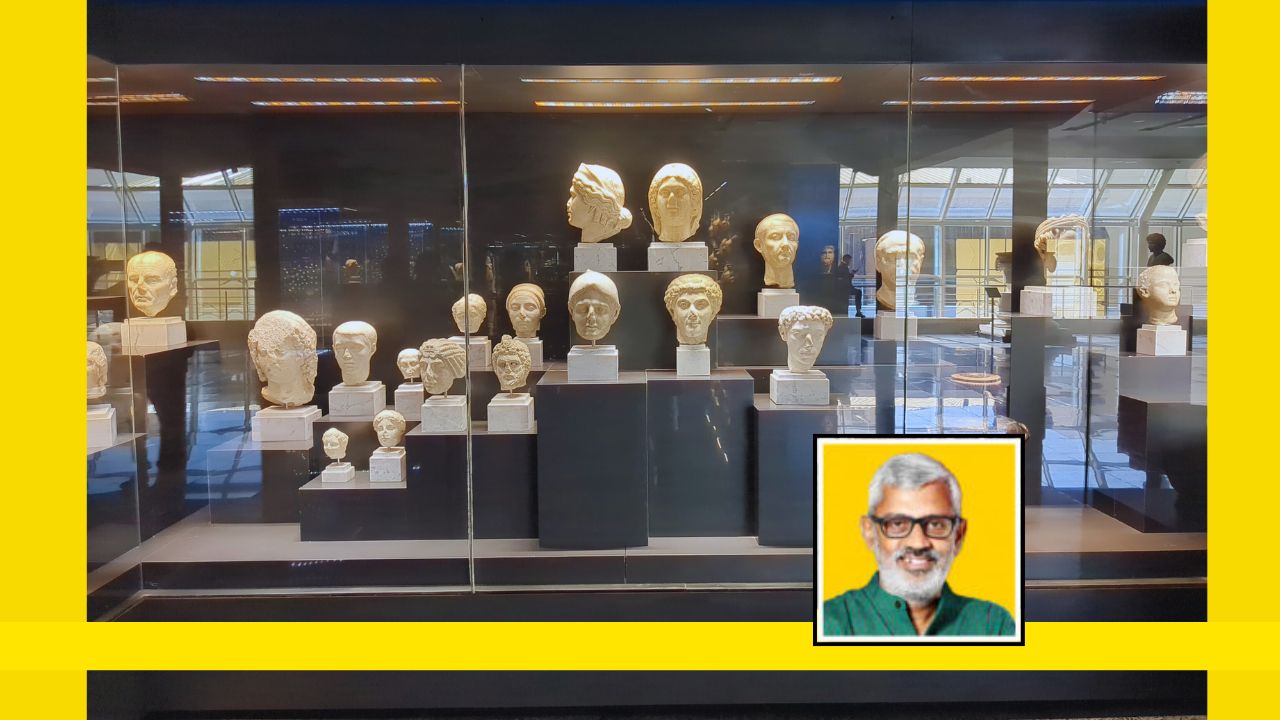




Have been reading Johny ML as an art writer for long , but welcome this foray into political analysis . Absolutely valid perspective , forcefully presented . Look forward to more like this .